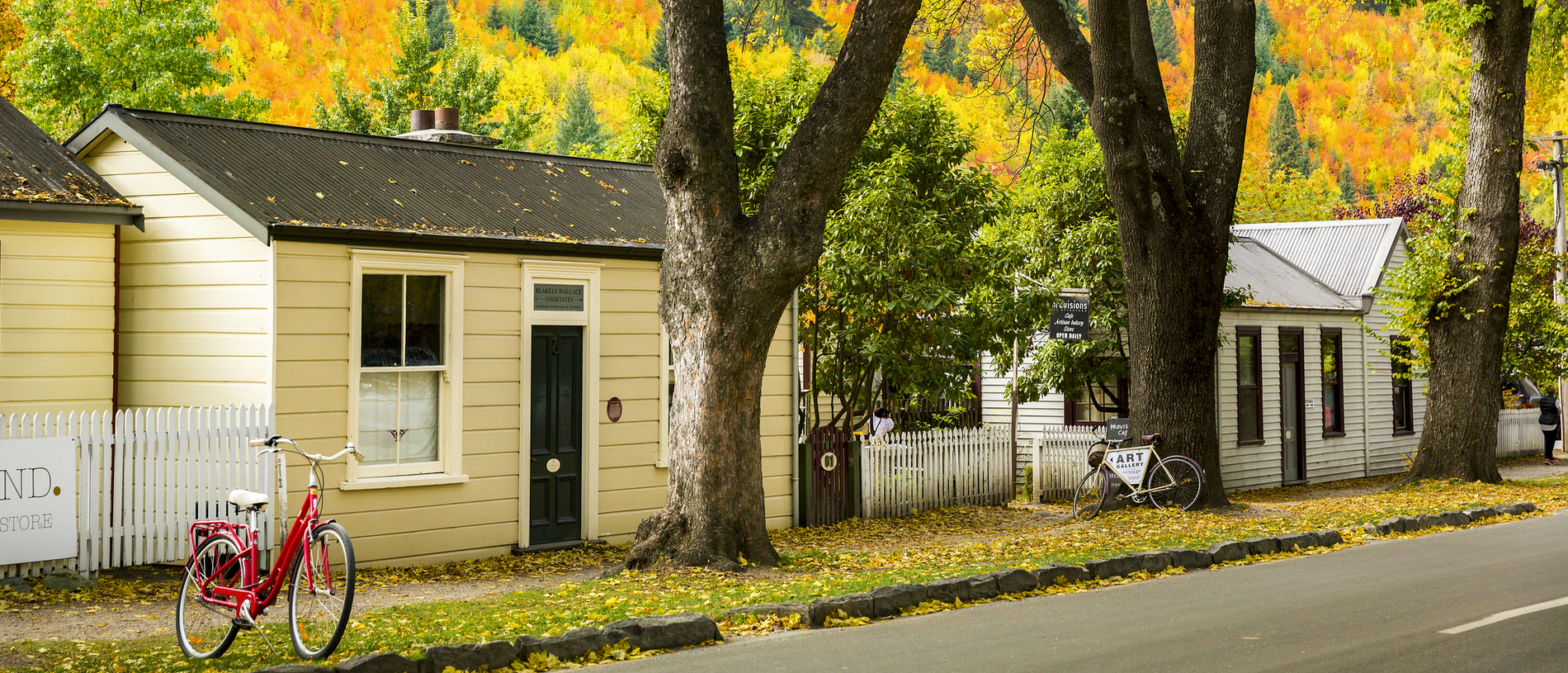
Arrowtown: golden history
The beauty of Arrowtown is that it was built to last and if you look carefully, you’ll get some sense of what life was like for the gold miners who originally founded the town.
Walk around this partially restored and well interpreted Chinese settlement from the 1880s.
On the banks of Bush Creek is the partially restored and well interpreted Arrowtown Chinese Settlement. Read how the Chinese immigrants lived during the gold rush; explore their restored huts and Ah Lum’s store that was central to their community.
Arrowtown Chinese Settlement is a mute reminder and tribute to the contribution made by the Chinese gold miners and business people to the region’s gold mining, cultural, and business history.
Census figures for 1874 reveal that there were 3,564 Chinese in Otago. Often, victims of discrimination, they lived on the fringes of European settlements and in isolated gullies close to their mining claims. Chinese that died were either buried in graves in a Chinese section or just outside the cemetery.
By 1885, the Arrowtown settlement had grown to consist of about 10 huts, a large social hall and at least two stores. There was also an extensive garden area. A range of construction techniques was used for the buildings, including mud brick, mortared stone, wood, corrugated iron and canvas. Some buildings were thatched while others were roofed with corrugated iron.
At first, the men lived together in communal huts, usually between two and six men to a house. It seemed that the community centred around the large social hall, which was perhaps 15m long until it collapsed or was demolished in around 1900.
It seems that Ah Lum’s store (separately registered as a historic place) later took over this social function. It is unlikely if any women ever lived in the settlement; the first recorded arrival of a Chinese woman in New Zealand was not until 1873 and by 1896 there were only 11 throughout the country.